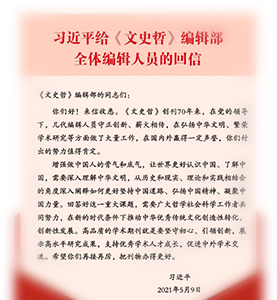中国早期文献及考古材料中黄帝形象的研究 苏晓威
在中国早期文献及考古材料中,黄帝存在于世系、古帝和祭祀三个系统之中。世系系统中的黄帝应最早,然后由祖考之帝,转化为始祖之帝而存在,即传说之人王而存在,这反映了黄帝由宗统进入君统的过程,以及一个基于血缘关系存在的分封制,逐渐走向地缘关系的郡县制巨大变化的过程。祭祀系统中的黄帝形象与战国后期的阴阳五行学说结合紧密,同时在后世的发展过程中,又进入了一定的道教仪式,由此获得信仰的价值。相应地,道家类文献中不同主题的黄帝书呈现出来的黄帝形象的系统也不同。
A Study of the Image of the Yellow Emperor in Early Chinese Literature and Archaeological Materials Su Xiaowei
In early Chinese literature and archaeological materials, the Yellow Emperor exists in three systems of genealogy, ancient emperors, and sacrifice. The Yellow Emperor in genealogical system should be the earliest, and then transformed into the emperor as primogenitor, i.e. the legendary human king from an ancestral emperor, which reflected the process of the Yellow Emperor entering the imperial system from the genealogical system, and a tremendous change from the system of enfeoffment based on blood kinship gradually to the system of prefectures and counties based on geographical relationship. The image of the Yellow Emperor in sacrificial system was well-knit with the theory of yin-yang and five elements in the late Warring States period, and entered certain Taoist rite in later development, thus gained the value of belief. Correspondingly, the books on tales of the Yellow Emperor with different themes in Taoist literature presented different systems of the image of the Yellow Emperor.


